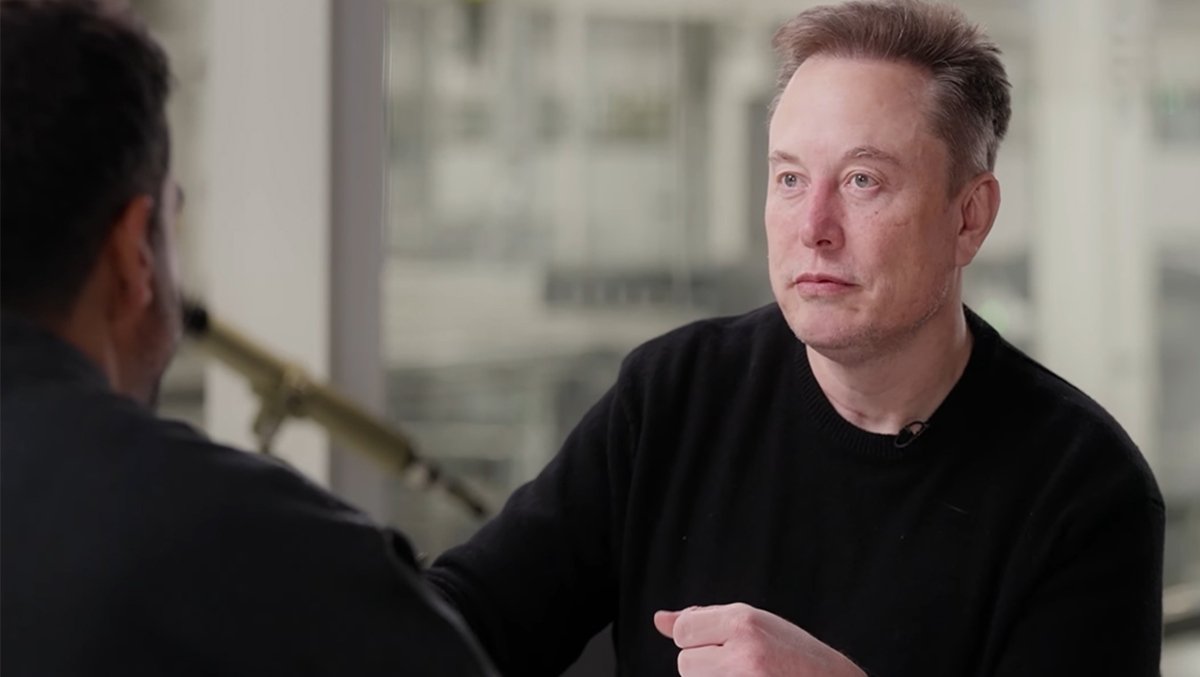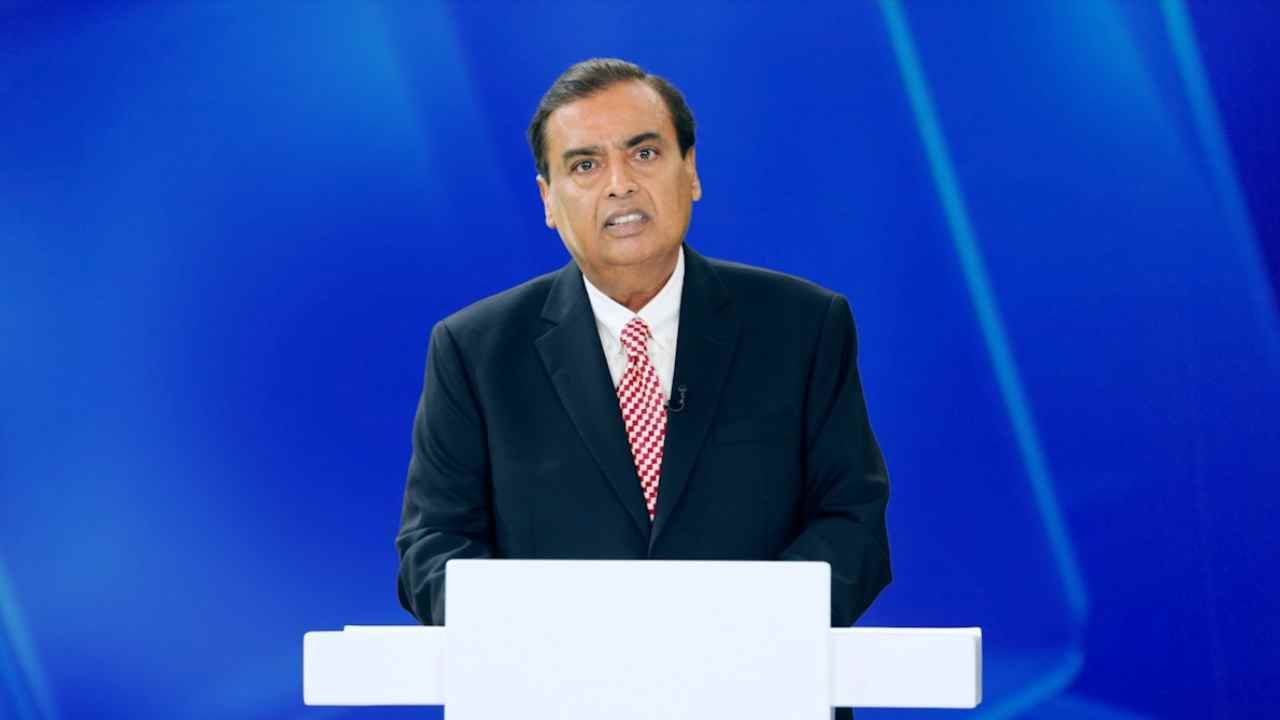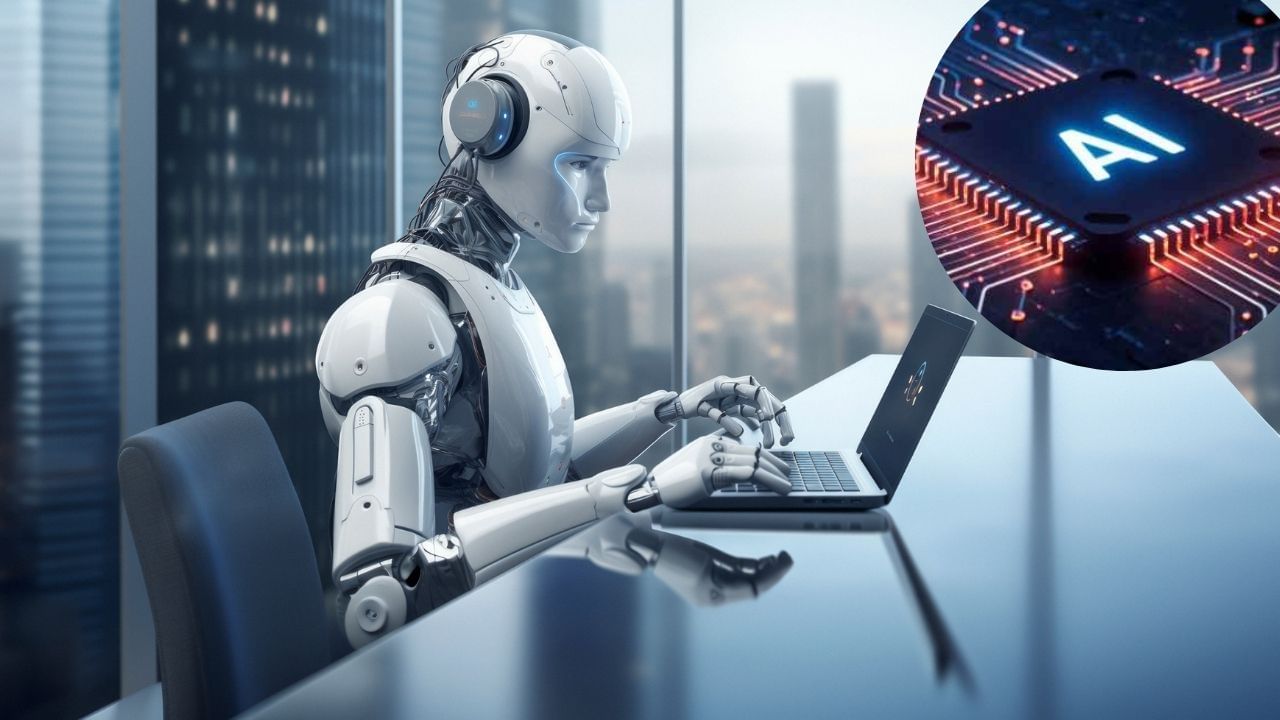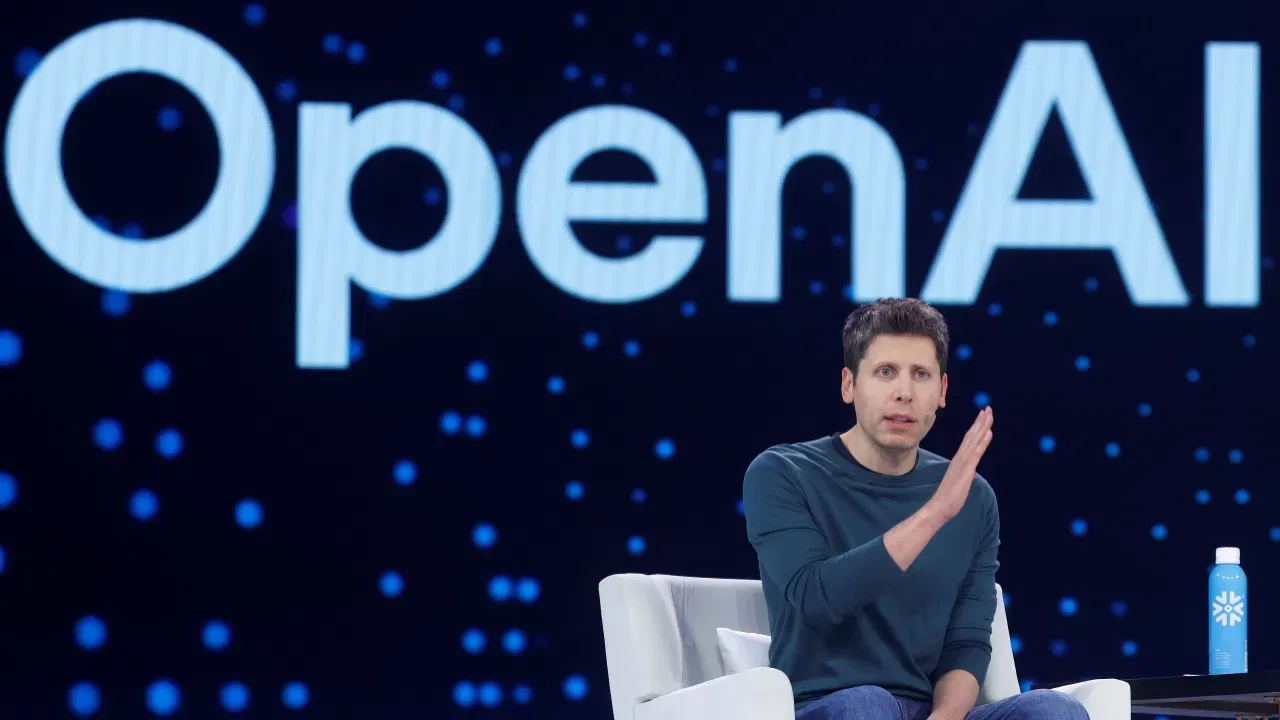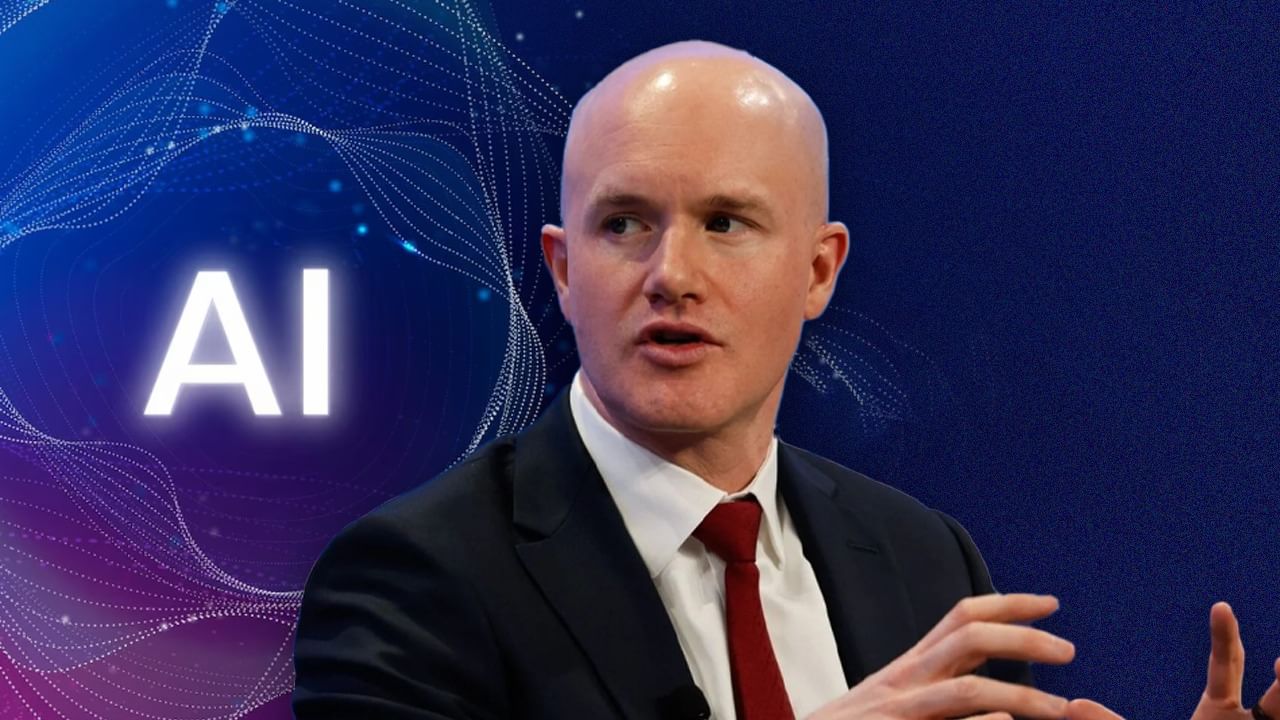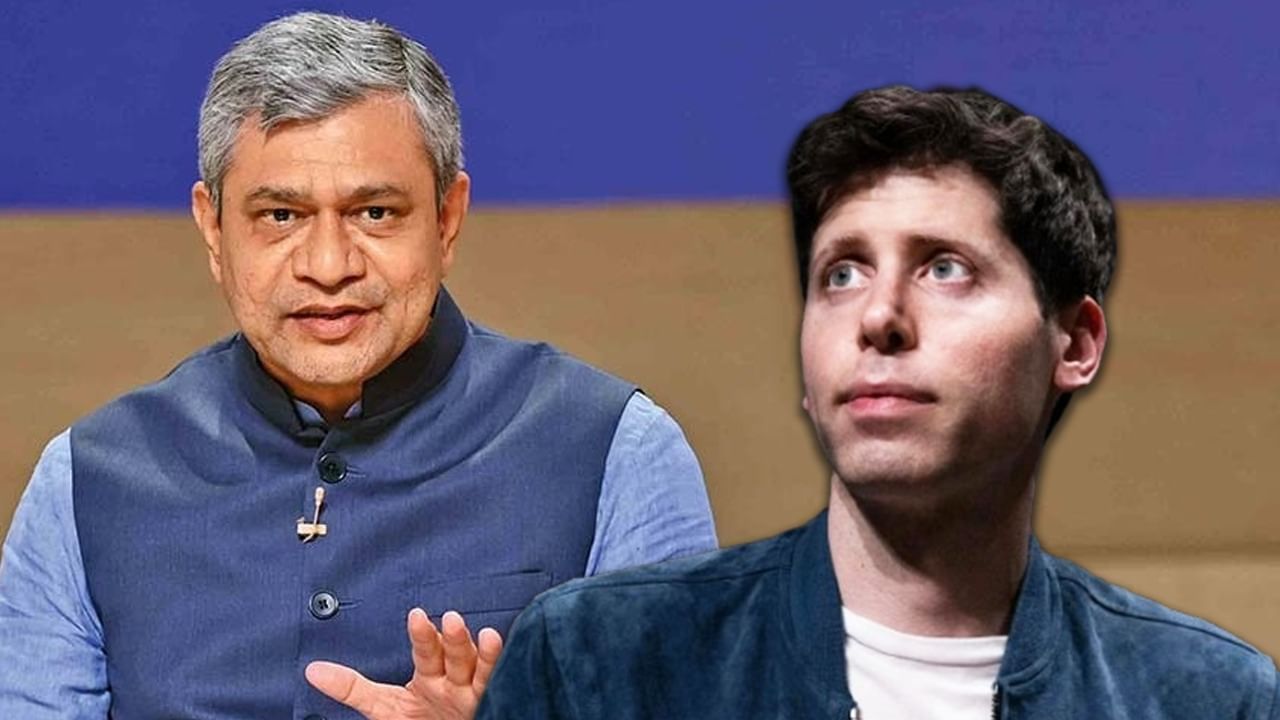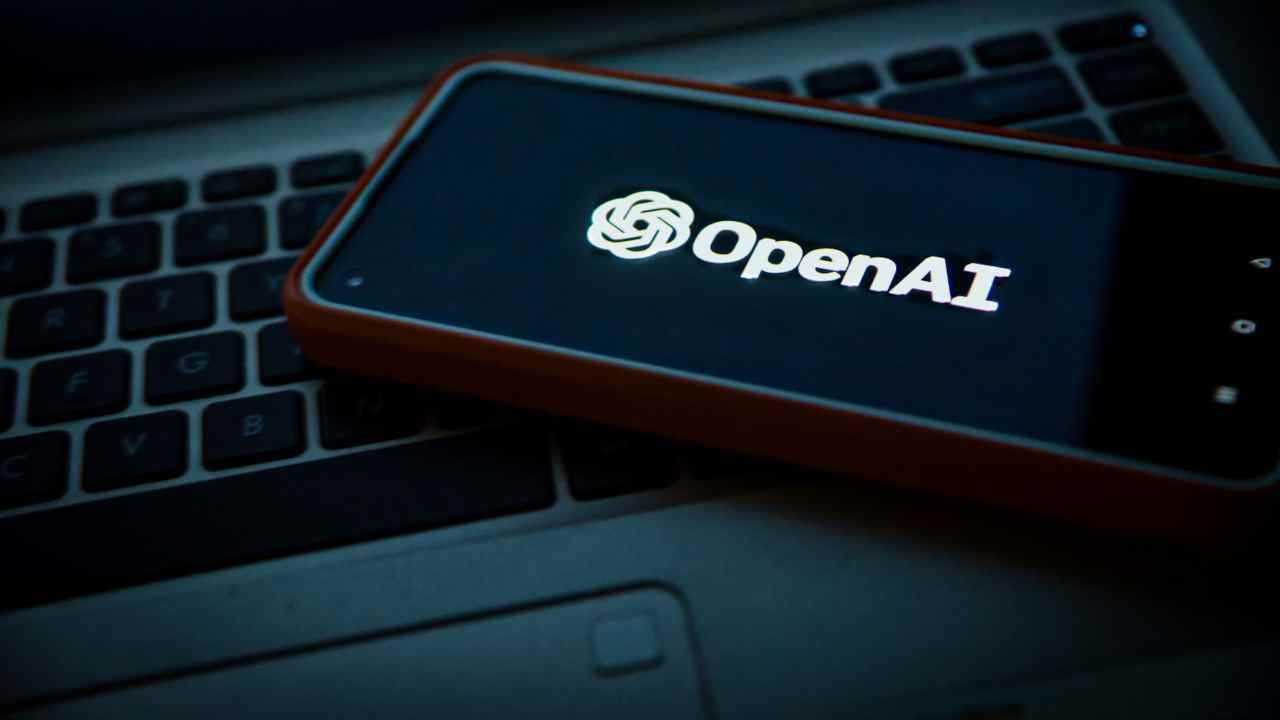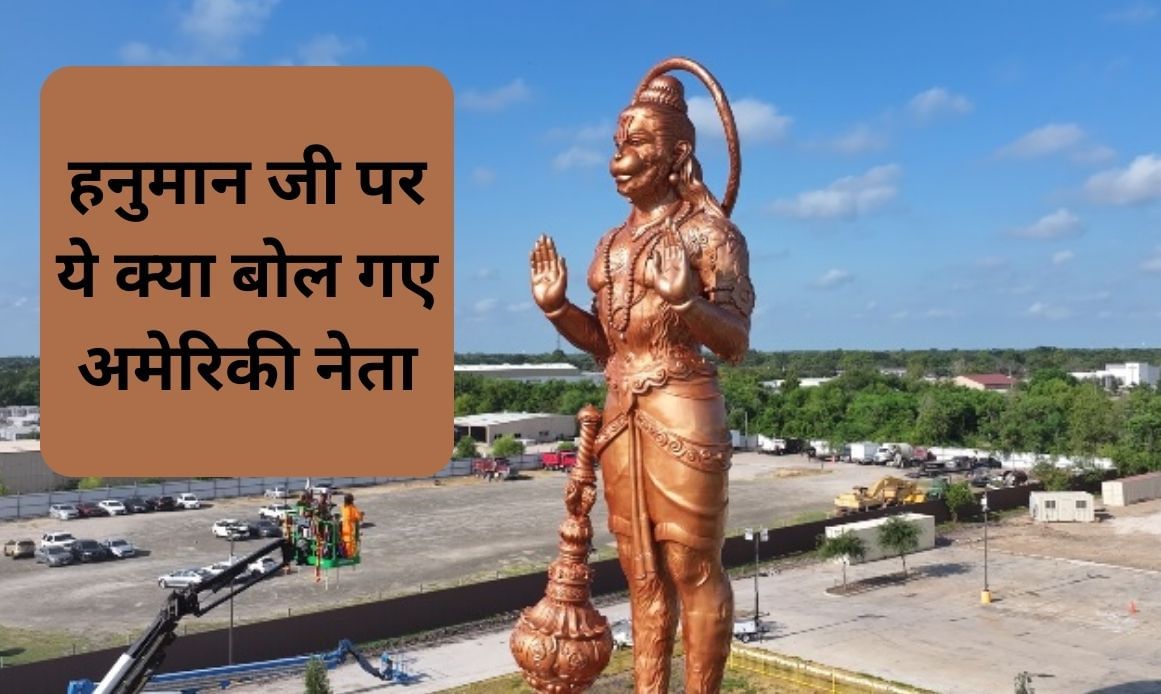Subscribe to Updates
Get the latest creative news from FooBar about art, design and business.
Browsing: artificial intelligence
Prime Minister Narendra Modi will inaugurate Semicon India-2025. The conference aims to boost India’s semiconductor sector. The Prime Minister will also participate…
A significant dispute has emerged in Silicon Valley, with Elon Musk’s AI company, xAI, and his social media platform X filing a…
xAI, Elon Musk’s artificial intelligence company, has filed a lawsuit in California, USA, against former engineer, Shuicheng Li. The company alleges that…
WhatsApp is rolling out a new AI Writing Help feature to improve the user experience. This AI-powered tool is designed to assist…
Reliance has introduced JioFrames, a new AI-powered wearable device. Launched at the company’s 48th Annual General Meeting by Akash Ambani, the glasses…
In line with the global trend towards artificial intelligence, Mukesh Ambani, Chairman of Reliance Industries, announced the establishment of a dedicated AI…
The advent of Artificial Intelligence (AI) is reshaping the job market, with significant implications for various sectors. While AI tools are displacing…
A new artificial intelligence method developed by Dr. Sai Nethra Betgeri merges machine learning and physics to solve the advection equation, a…
OpenAI, a prominent name in the artificial intelligence landscape, is set to establish its presence in India. The company has officially announced…
The rise of AI has prompted many companies to increase their focus on this technology, but a recent report reveals surprising information…
Coinbase, a cryptocurrency exchange, is aggressively integrating Artificial Intelligence (AI) into its operations. CEO Brian Armstrong recently revealed that engineers who resisted…
Instagram continues to introduce new AI features to enhance user experience. The platform frequently tests different features to improve its users’ experience.…
xAI, Elon Musk’s AI company, has open-sourced its Grok 2.5 language model. Musk is also planning to make the Grok 3 model…
Elon Musk, owner of companies like Tesla and X (formerly Twitter), has unveiled a new venture called Macrohard. Musk is developing an…
India is rapidly ascending in the AI sector, propelled by the government’s IndiaAI mission and the interest of global tech companies. This…
OpenAI, the company behind ChatGPT, is set to open its first office in New Delhi by the end of this year. This…





